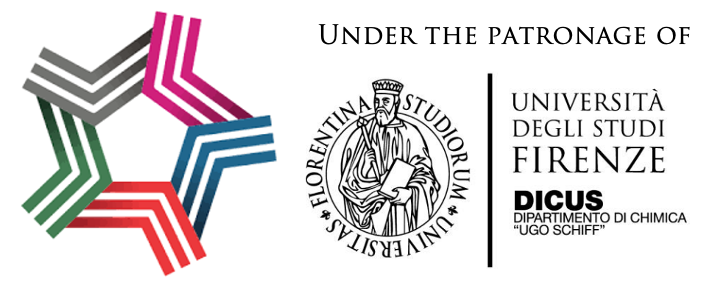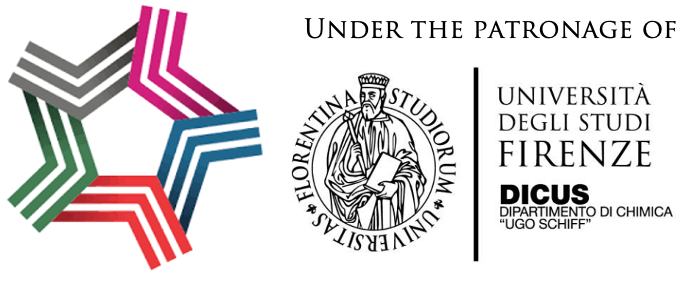History of Perfumes and Perfumery
Lectures: 2 h
Fragrances from East to West (Dr. A. Bernardoni)
Fragrances from East to West, anthropology and the art of perfume from Antiquity to the Modern Age. The lecture analyzes the history of how odorous substances came into use as an element of social distinction, for the care of the body and spirit, in ritual processes. Perfume became a symbol and synonym of incorruptibility against the foul odor of body decomposition. An overview of the treatises on cosmetic and pharmaceutical art published since the early 16th century will be presented, with a special focus on the equipment of the art of distillation, as well as a virtual tour of the chemistry section of the Museo Galileo focusing on distillation apparatus.
Lecturer:
Prof. Andrea Bernardoni
Department of Human Sciences
University of Aquila, Italy
email: a.bernardoni (at) museogalileo.it

